Trees interview | David Costa
It’s now over fifty years since Trees’ formation, a band who helped define ‘Acid Folk’, creating a sub-category in the lexicon of record dealers and music critics alike. Earth’s new Trees collection brings together both albums adding shiny alternate mixes of key tracks along with a selection of radio sessions and demos, all sounding brighter and cleaner than ever before.
Trees first album, ‘The Garden of Jane Delawney’ (1970) snuggles nicely into contemporary nu-folkies’ idea of the genre, and shares some of the pastoral-whimsy that characterised The Incredible String Band or Donovan, offset by some stunning interpretations of traditional material and Bias’ own songs, which were somehow part of the tradition Trees had adopted. Readings of ‘Lady Margaret’, ‘Glasgerion’ and the old standard ‘She Moved Thro’ The Fair’, and the extended fade of the group’s own ‘Road’, presage the explosive instrumental duelling that would come to characterise the follow up album, ‘On The Shore’.
This special expansive collector’s edition celebrates the bands 50th anniversary.

PRE-ORDER out on November 13th 2020.
“This is truly our swan song”
Interview with David Costa
Are you excited about the upcoming box set?
David Costa: Of course, extremely. Who wouldn’t be? It’s been a long time in preparation and the first conversations about the possibility began in summer 2018. I know it’s a great set and Earth have been the perfect partner to get the best out of us. After all, we’ll not be doing this again, so in a sense this is truly our swan song, and I wanted to ensure that the quality of sound and presentation was what we always might have wished for, and in the best condition for all of us to leave to posterity. It’s our legacy. Over the years a lot of younger people have discovered us, and it was important to ensure the box had a strong contemporary feel, a feeling of continuity rather than some kind of monument to the past.
It’s already the 50th anniversary. Time flies fast!
Klemen, I don’t think you can say half a century flies fast! It all feels like a very long time ago, but because there’s always been this kind of mystique about us, and because both albums have always remained in catalogue in one format or another since they were first released, we’ve had to revisit them several times over the decades to tidy up, spring clean, catch up with technology. The growth of the internet in the intervening years has brought a younger generation – maybe even a couple of generations – to our music, so in effect there’s been activity every decade or so. Revisiting everything in detail, of course, as we have to, takes you right back to how it was, so yes, in that sense it’s a timeless kind of exercise.
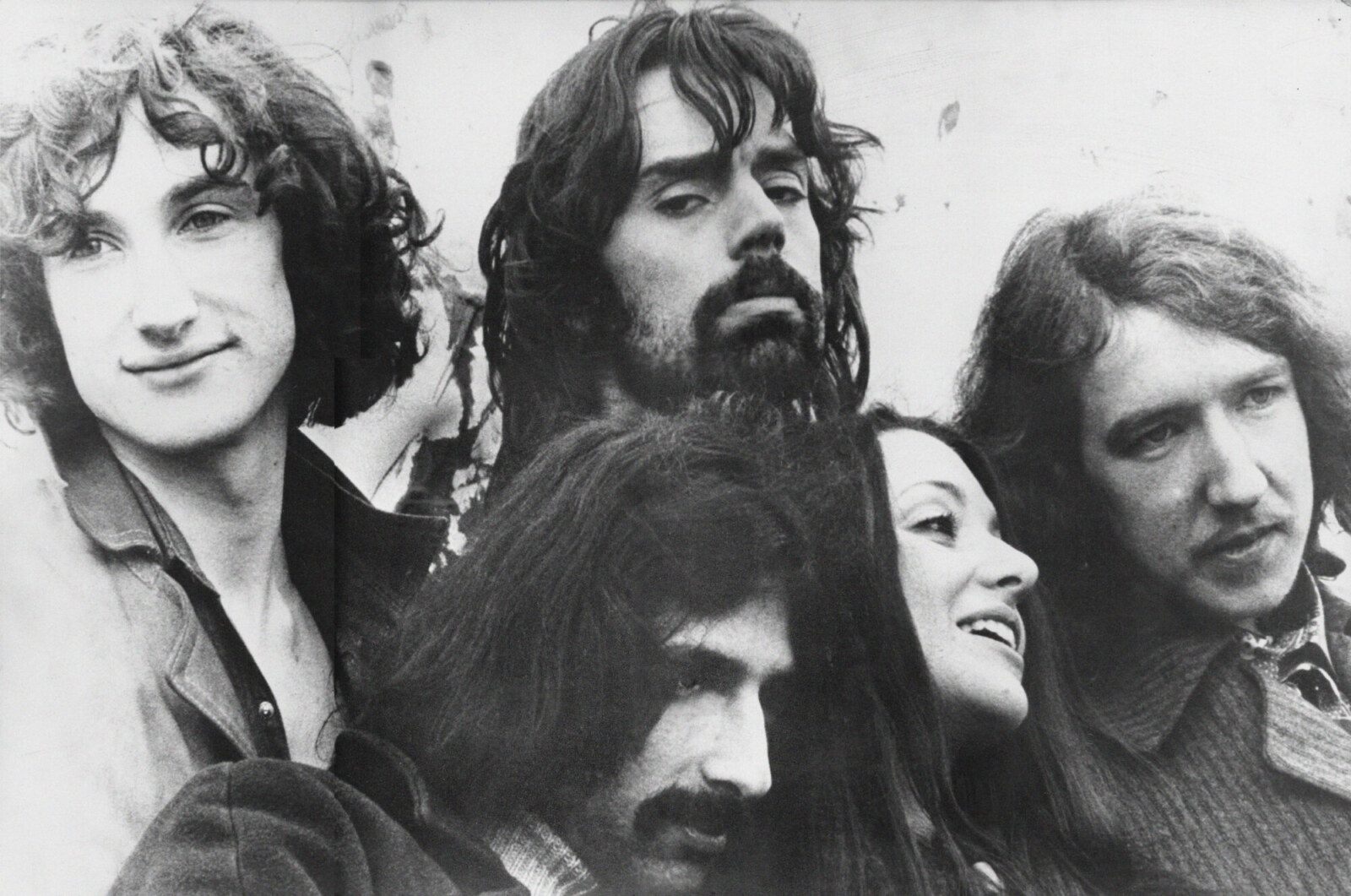
Earth’s new Trees collection brings together ‘The Garden of Jane Delawney’ (1970) and ‘On The Shore’ (1971) adding shiny alternate mixes of key tracks along with a selection of radio sessions and demos. What was the creating process for the upcoming box set?
I said earlier it took a long time, but the first year or so was spent negotiating with Sony to get a licence for Earth to take the catalogue on board. Once all the terms were agreed, the process really looked after itself. There’s only two albums to explore, after all, so first duty was to present them both in their original state with nothing other than some remastering polish. We then wanted to re-emphasise the remixes we undertook when the albums were repackaged following the Gnarls Barkley ‘St Elsewhere’ sample in 2007, and then continue to search around a little more deeply for unreleased material – of which very little remains, sadly. Much has been lost. Many more BBC tracks are listed but they’re not of usable quality. Happily two did turn up which we’d never come across before, and which we felt to be good enough to use and very interesting in their own right – one of which is a version of ‘The Great Silkie’ (from ‘The Garden of Jane Delawney’) played in a 4/4 signature rather 3/4, very Doors-like and ominous; it slithers, nastily… I knew we went through a phase of playing it like this but all the others just thought I was making it up. Now the proof exists.
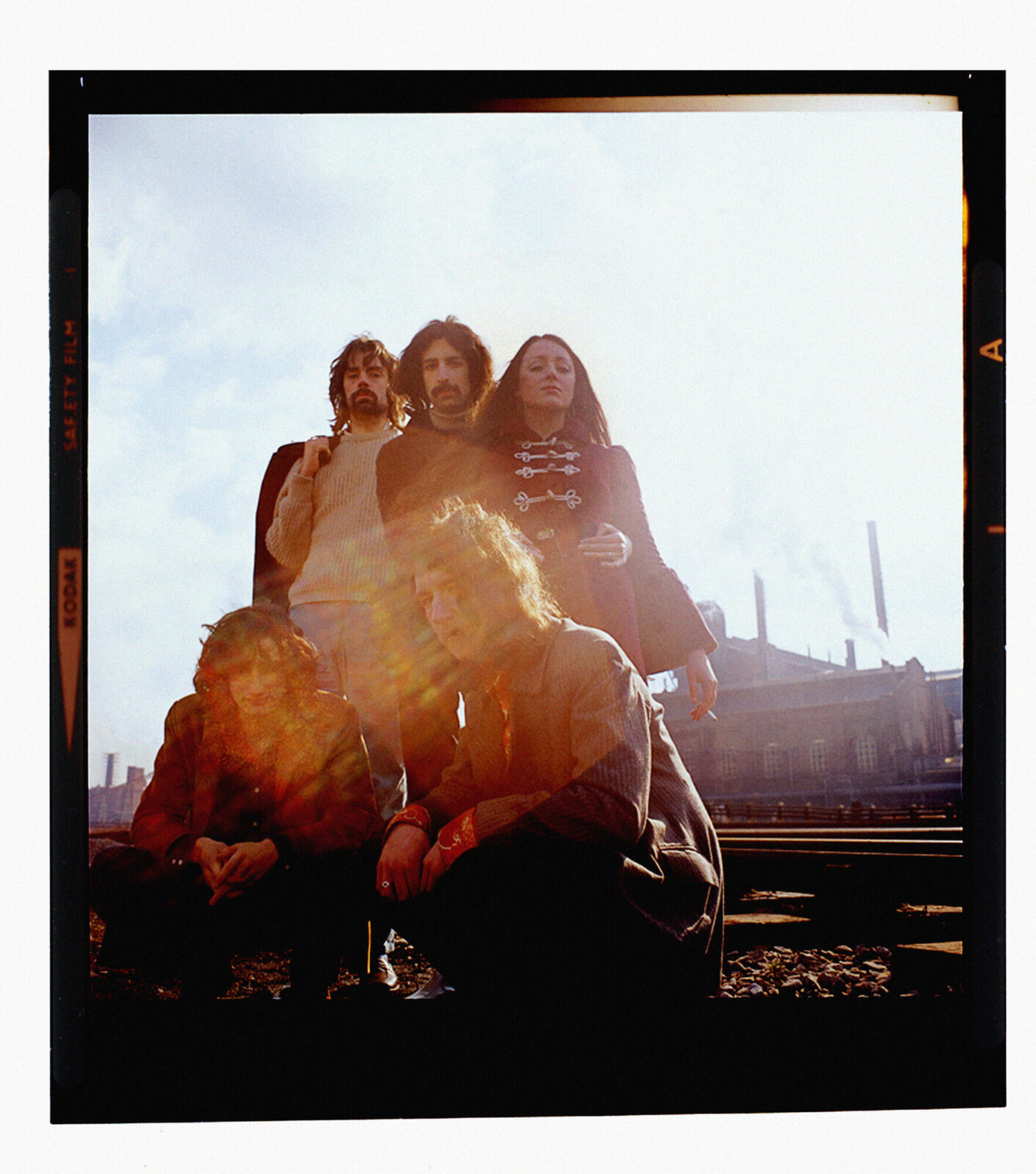
And at the very, very last minute Bias found a cd marked ‘from cassette tape’, mysteriously, stuffed in a drawer somewhere, which neither of us had ever heard before, and that gave us two excellent unreleased tracks, ‘Polly On The Shore’ and ‘Streets Of Derry’ – a real bonus. And I thought long and hard about whether or not to add in two of the On The Shore Band live tracks from Cafe Oto, Christmas 2018, whether it would upset diehard fans or whether we should embrace a spirit of newness and continuity. I decided to do so. Package completed! Just like loaves and fishes, four albums out of two…
What can you tell us about the mastering process?
Brian Pyle, Earth’s go-to remastering guru. What can I say? He’s what we’ve been missing all these years. The remastering is astounding and sculpted entirely out of two-track stereo masters, not from multi-tracks, yet the new soundscape sounds like a track-by-track remix across the board. His sense of space has been key, to work first from Celia’s voice and then continuing outwards, giving each of us as much room and detail as the constraints of recording in the day could allow. In those days, recording first with eight-track and then with sixteen, tracks would get bounced across and welded together to allow for overdubs, so we’d always assumed that any new soundscape could never be achieved. But through some arcane alchemy Brian has found us a clarity, a spaciousness throughout that at times makes the hairs on my neck bristle. I’d hoped for an improvement in remastering technology even in the dozen or so years since the 2007/2008 Sony re-releases – we all know how fast technology moves, but we could never have expected such a marked difference.
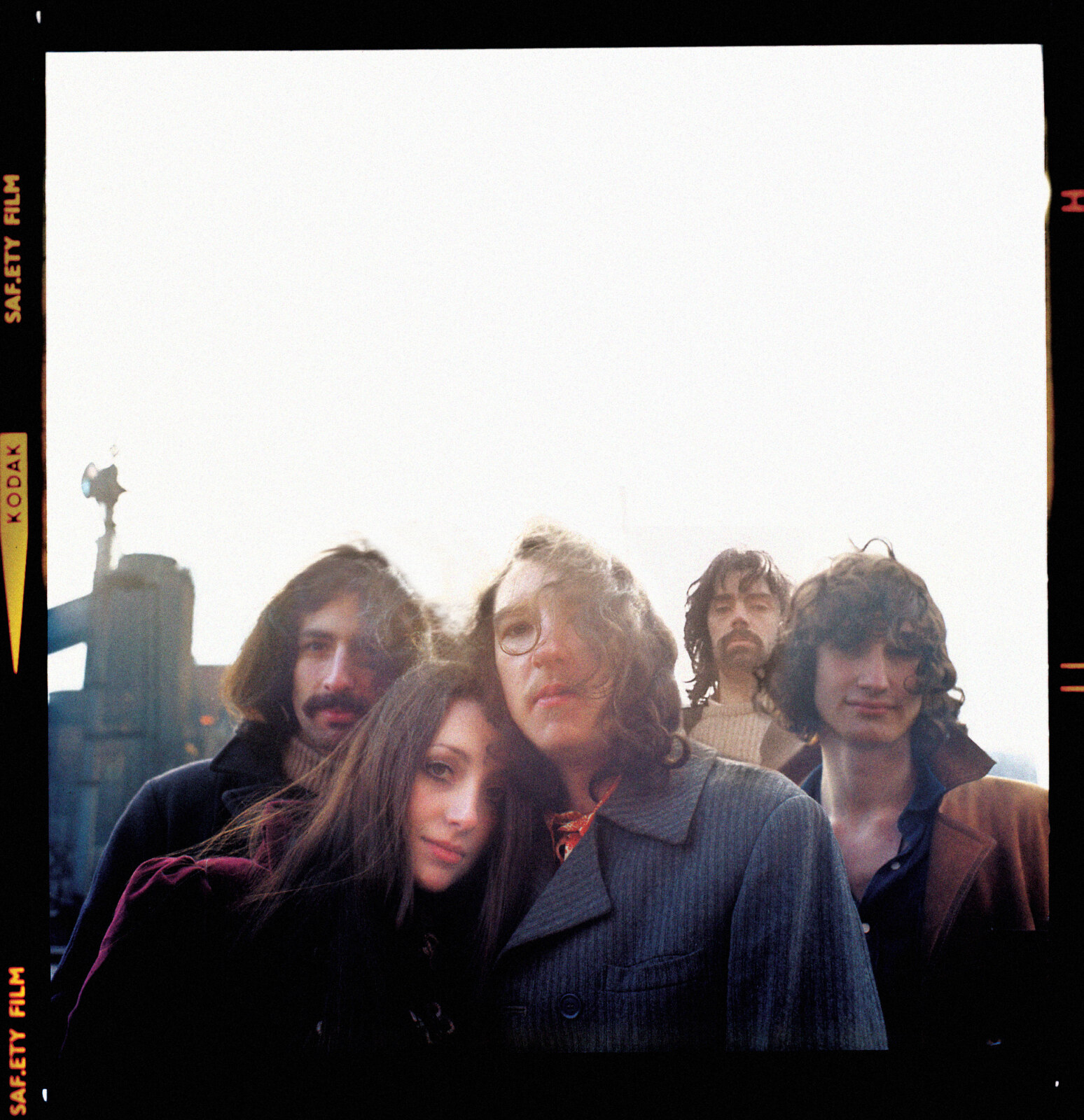
Most importantly, Brian just gets us, like no other engineer really ever did. He just understands what we want. Or not even want, but need. I felt you could say to him, you know what, Brian, this is good, but it’s a bit too brown? Can you make it greener? And he’d just think for a moment and say, sure, yes, I can do that… what kind of green?
So we will be hearing the best possible sound?
Yes. Or put more simply, yes.
What can you tell me about lost demos of ‘Polly On The Shore’ and ‘Streets Of Derry’?
We were literally about to lock down the sound bed when Bias called me and said he’d found this cd. He’d no idea he had it, or why, or where it came from. With the band I’d always used a diary – I’m not a diarist – simply to keep track of when or where we had to be on any given day. These tracks seemed to match an entry for our re-recording at BBC Maida Vale Studios; the term ‘re-recording’ sounds rather ambiguous, but anyhow the tracks didn’t tally with anything the BBC still had, so we’re at a bit of a loss to know the their origin for sure. But the quality of them is assuredly studio session, not rehearsal, and both tracks so close to the structure and performance of the ‘On The Shore’ album versions that they could almost pass as out-takes, or high quality demos. Still a bit of a mystery, therefore, but it’s us, virtually live in a decent studio, and very much at the top of our game.
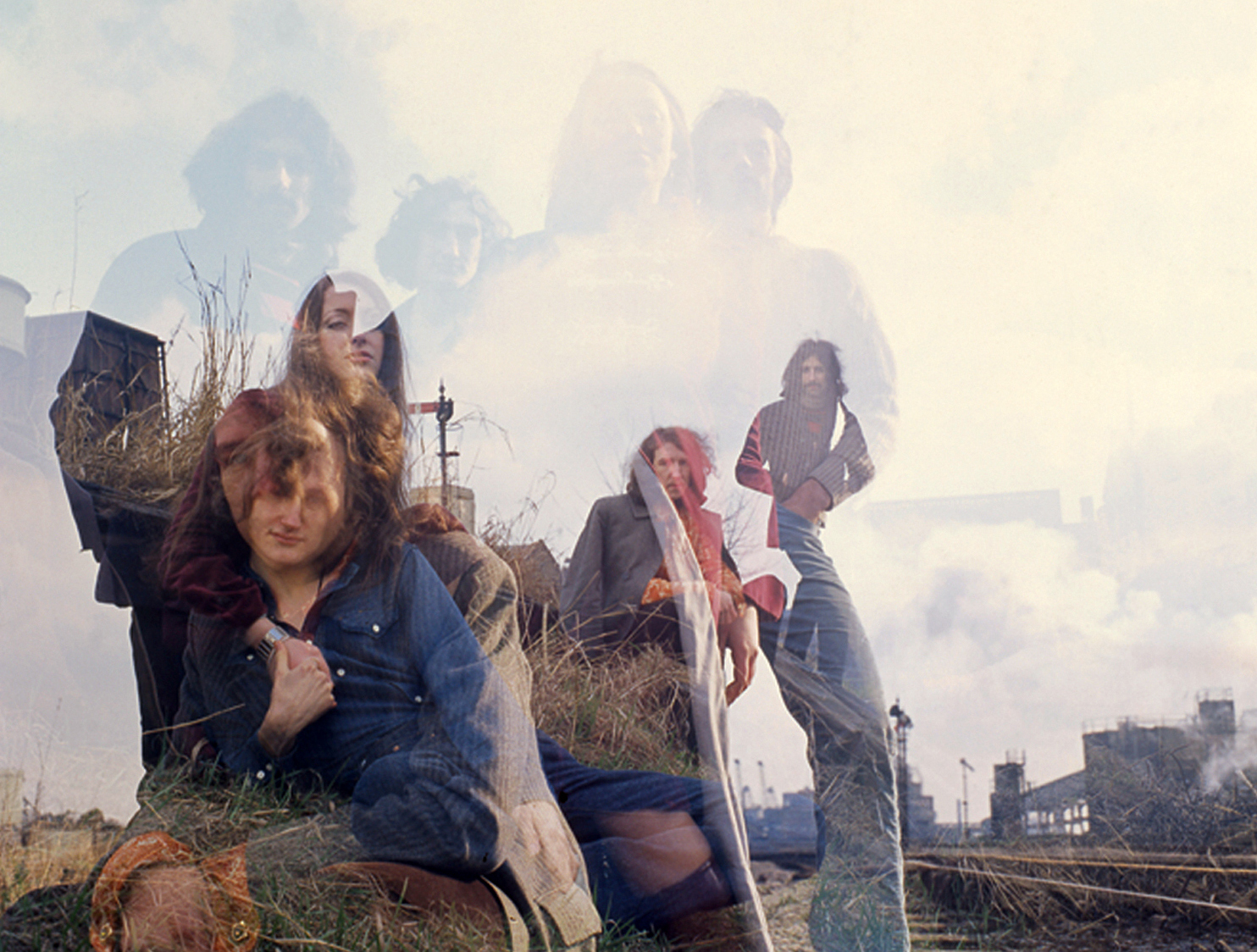
What’s the story behind ‘The Garden Of Jane Delawney’ and ‘On The Shore’? Where did you record them? What kind of equipment did you use and who was the producer? How many hours did you spend in the studio?
Both albums were recorded at Sound Techniques studio in Chelsea, ‘Jane Delawney’ starting in November 1969, six recording sessions on and off through to January 1970, five mixing sessions ending mid-March. A very gradual process, therefore, with lots of demo sessions at CBS studios beforehand in order to break us in. Six months or so later we began ‘On The Shore’, back to Sound Techniques mid-October, nine sessions ending right at the end of October – a complete contrast therefore to our first album and pretty intense, all done within a couple of weeks, recorded and mixed, but by then we were much more experienced and had a real sense of what we were intending to do. All our sessions were down-time night sessions, exhausting, especially if we’d played a gig beforehand which often we had. Both albums shared the same engineer, Vic Gamm, and same producer, Tony Cox, with whom we had a tenuous relationship. By his own admission he wasn’t a huge fan of ours, but then he got us through the first album and into the next, so he made the same leap we did.
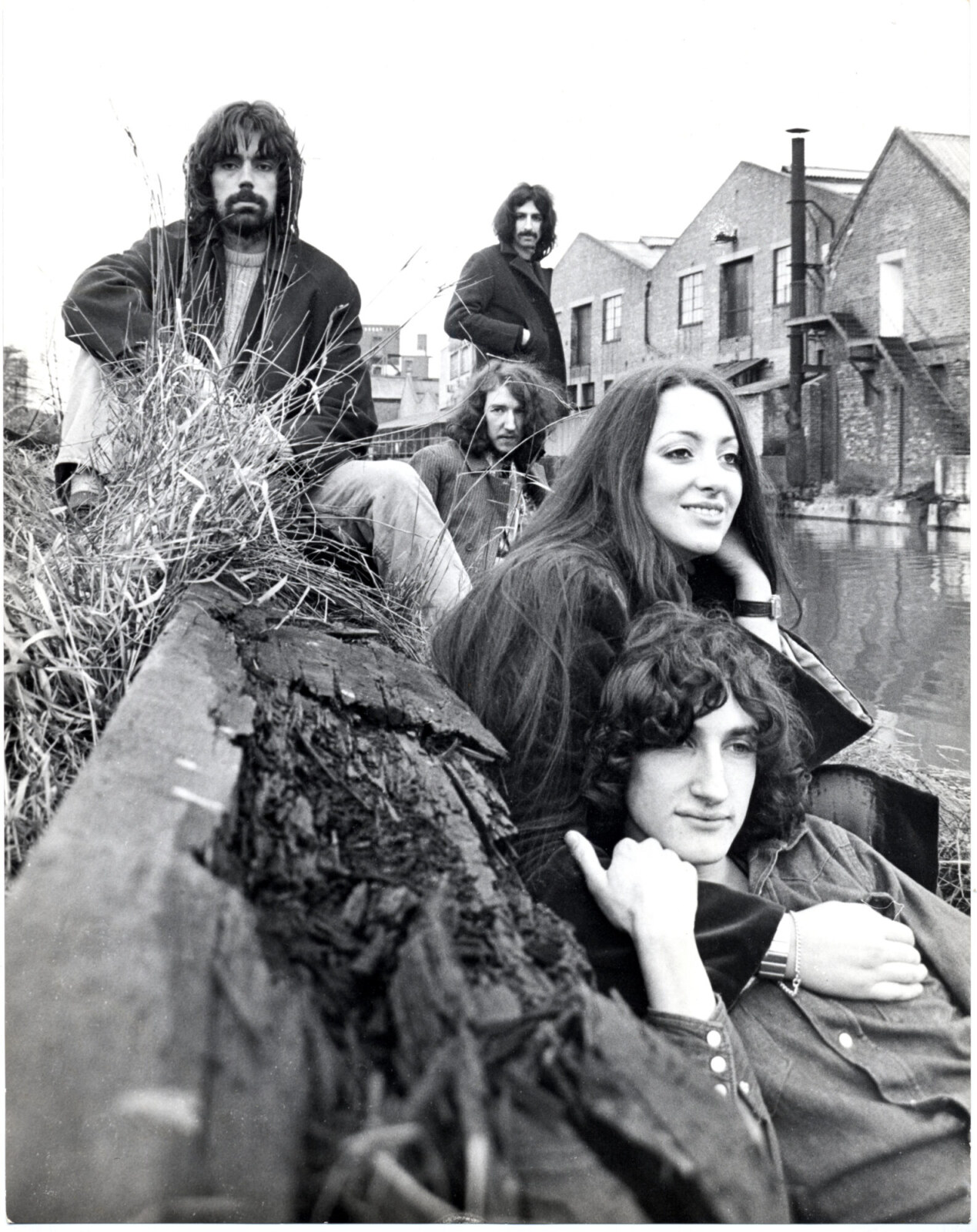
Instruments, myself, my 1963 Martin 00-28 (still by my side as I write) and a deafening Hoyer SG-style 12-string electric which I’ve not yet forgiven. Barry played a white Gibson SG and a small-bodied Epiphone acoustic on ‘Jane Delawney’ and a Sam Li Les Paul copy for ‘On The Shore’, Bias a Burns VistaSonic Bass on ‘Jane Delawney’ and a Rickenbacker Maple Stereo Bass for ‘On The Shore’, and of course the studio’s grand piano. Unwin played a Gretsch kit, Celia just brought along her lovely throat.
‘On The Shore’ has one of the most iconic artworks.
Unsurprisingly this is a subject very close to my heart and only gains in significance the more I think or write about it, which recently has been a great deal. I loved the sleeve the moment I saw it. It was, I’d felt, great lateral thinking, the spreading wave of thrown water across a gloomy park, hand-coloured in a Victorian palette with the little Katherine Meehan uncomfortably smiling to camera.
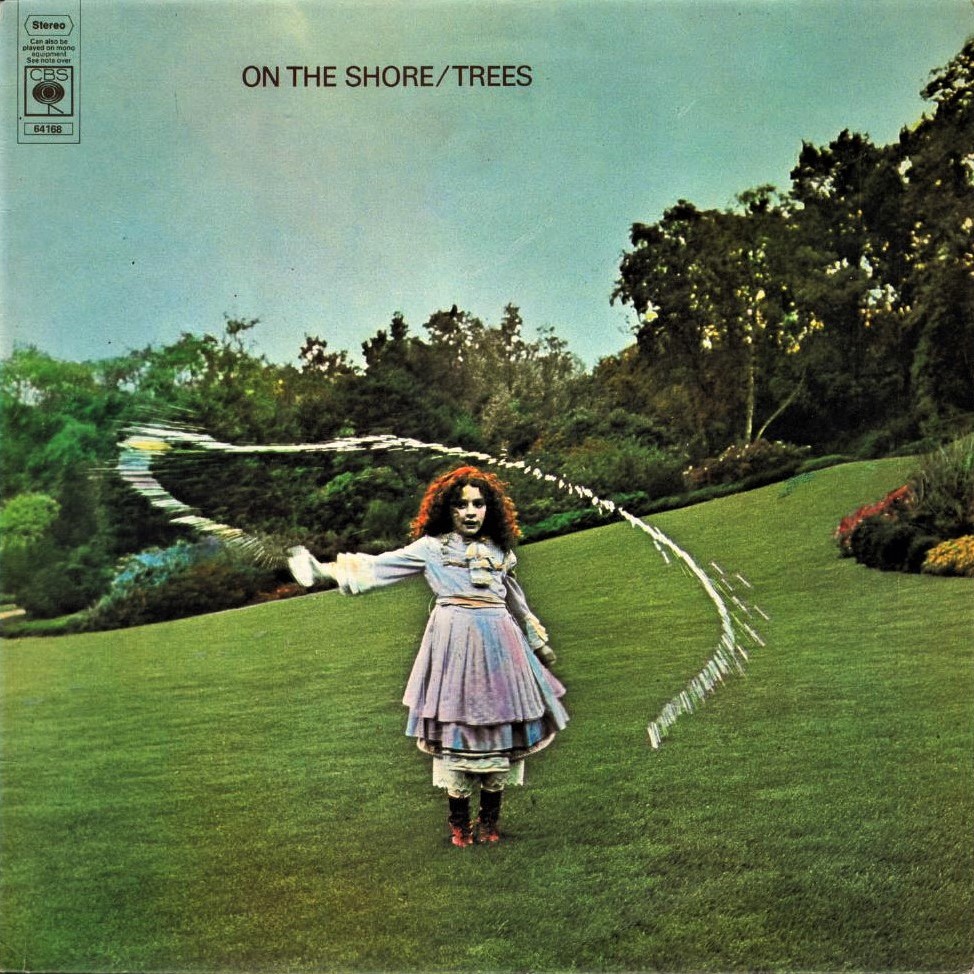
But on the other hand maybe it wasn’t entirely lateral thinking at all, I’ve come to realise. I now find myself thinking that maybe Storm and Po of Hipgnosis understood more about us at the time than we did ourselves. Maybe that’s fanciful. They couldn’t have conceived the visual result from the first album without homing in on the track ‘The Garden Of Jane Delawney’. I’m not sure how much of the emerging album ‘On The Shore’ they’d have been given to listen to for reference but, somewhere between the two, they produced a sleeve that defined the album, even more so than we were able to at the time. I now can’t talk about ‘On The Shore’ without referring directly to the song ‘The Garden Of Jane Delawney’, and it’s Jane’s presence I see in the ‘On The Shore’ album sleeve. Katherine Meehan, the little girl in the photo and Shadows drummer Tony Meehan’s daughter, is Jane Delawney. That’s it. There she is, spanning across both albums. And I’m not sure we even saw that at the time.
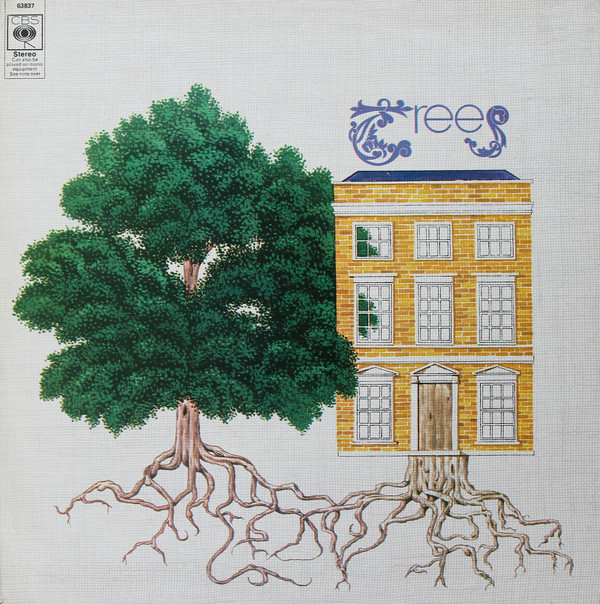
How would you compare the two albums? Please share your recollections of the sessions. What were the influences and inspirations for the songs recorded?
We were making demos for ‘The Garden Of Jane Delawney’ before we’d even played a note live, and signed with CBS Records after playing only one or two small gigs only. We were very inexperienced, which almost certainly shows, and certainly we’d not found our true direction; by the time however we’d started ‘On The Shore’ we had learned to play as a band, were well practised after a lot of work on the road, had begun to understand each other, what we were actually about, and where our natural potential lay. As we all tend to agree upon, within that short space of time we’d grown up, and it shows; the leap from one album to the next is pretty impressive by any standards, very much so by our own. With ‘On The Shore’ we felt far more confident and had a real sense of where our strengths lay. It gave us a sense of purpose; ‘Jane Delawney’ now appears to be more like some kind of open-mic rehearsal for something better.
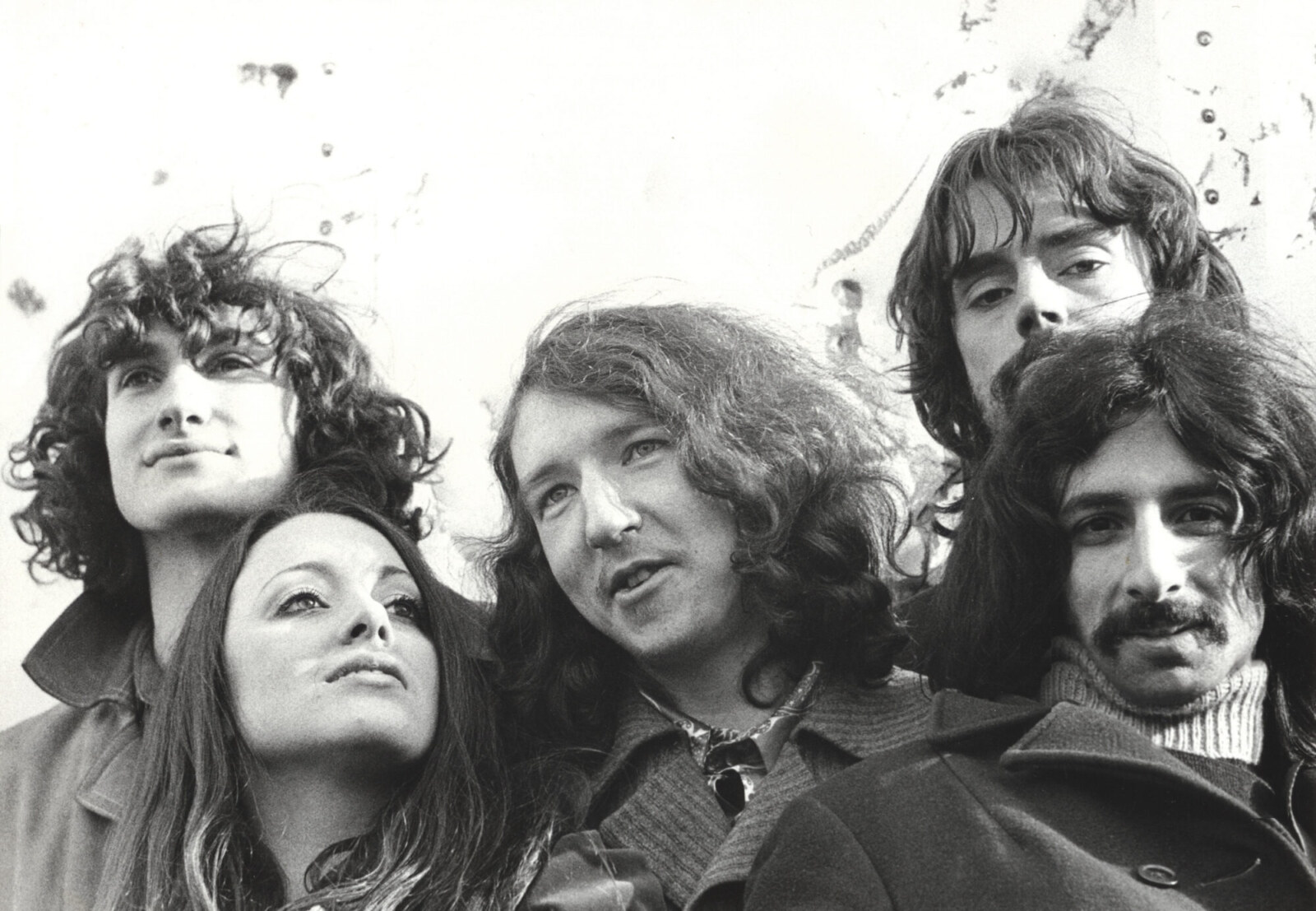
Influences and inspirations; well, they’re pretty clear. It’s a small body of work but it’s divided between our electric-acoustic treatments of British and American traditional songs, and Bias Boshell’s unique songwriting; he had a talent for writing dark and arcane songs that might almost pass for traditional, had his writing skills not been as sophisticated as they are. He seemed to have an awareness of what we might be capable of, and the blend of both these streams came together with greater success in ‘On The Shore’ than it did for ‘Jane Delawney’, far more integrated. Because the albums are so different people ask what connects them – only recently I’ve come to the conclusion that it’s actually the specific song ‘The Garden Of Jane Delawney’ which is the missing link. I talked about that, above, with regard to the album sleeve. I’ve also come to wish we’d included the song on ‘On The Shore’. Given a second chance I would; I believe that’s where it rightfully belongs.
The term folk-rock hadn’t been around much when we began, maybe first with reference to some of the American electric-acoustic bands, but because of the path we found ourselves taking, we suffered with unfair comparison to others and we got lumbered with the genre. In truth our influences were predominantly more aligned with the bands of the American West Coast – Jefferson Airplane, Quicksilver Messenger Service, It’s A Beautiful Day, Buffalo Springfield, and these were who we looked towards for the edge we wanted to give our material.
Was there a certain concept behind your albums?
Nobody’s asked that before. Good question. For ‘The Garden Of Jane Delawney’ (which is such a great conceptual title in itself!) absolutely none. In hindsight, though not at the time, ‘On The Shore’ might almost have been conceived as having an overall concept, a running theme. It reinforces the idea that had we held back Jane Delawney, and taken her into ‘On The Shore’, then we could have better realised the sense of it being a concept album. I’ve talked about the little girl on the cover of ‘On The Shore’ as being, in my mind, the realisation of Jane Delawney herself – awkward, unsettling, mischievous, dark. When people try to describe ‘On The Shore’ they use words such as dark, arcane, gothic, mysterious – all the colours of Albion’s deep folk tradition.
To go through all the tracks would take way too long, but I view most tracks on the first album as a dry run for the second. General opinion would suggest Cyril Tawney’s ‘Sally Free And Easy’ is the standout track on ‘On The Shore’, and in many senses it is of course. It went on tape in the studio live, in one take, very, very early in the morning after a long night session with some spare time in hand. We’d never played it before, had toyed with it, and ran through it together. From memory we’d got halfway through and decided we’d just take a deep breath and go for a take. Tony Cox, our producer, joined us on bass to allow Bias to play piano. We nailed it. Celia only asked if she could try one more vocal in places. She did. We kept both.
When Bias and I remixed what we had available to us as multitracks for the deluxe Sony packages, following the Gnarls Barkley sampling in 2007, we had two benchmarks: the first was to try to bring everything more into line with the building tension and textures of ‘Sally Free And Easy’, the second to only add or overdub whatever we would have wanted to add when we recorded the album, had we had both the time and the budget – which we didn’t have. The remixed tracks of ‘On The Shore’ weren’t dismissed, but politely passed over by critics in 2007. Now these have been around for a decade we want these to be more recognised as a genuine part of our overall output. The simple addition of piano, for example, on ‘Polly On The Shore’, brings the song into exactly the same soundscape as ‘Sally Free And Easy’ and in many senses the track has gained the same power, the same build, but with even greater tightness between us all. The addition of spooky harmonies on ‘Geordie’ has taken the song into a different, sinister place. The keyboard strings on ‘Streets Of Derry’, added so ably by Bias, give the long instrumental break real depth and intent. These are all things we wanted at the time. ‘Murdoch’, one of Bias’s most outstanding creations, to my ears is good both ways, straight up as on the original or the more symphonic Chapel Mix version. It’s one of those songs which you could deliver in a multitude of different treatments.
Looking back, what was the highlight of your time in the band? Which songs are you most proud of? Where and when was your most memorable gig?
Many highlights, many lowlights. Life on the road was not luxurious, literally up and down the motorways all over the country and always back home again, however far we had to travel, because we could never afford to stay anywhere overnight. It got better. Eventually we had our own car and a driver and things got a little more comfortable. In common with all bands we had some truly dire gigs and some utterly sublime ones, where we couldn’t put a foot wrong and where the audience were clearly on our side. One of the worst events was the infamous Festival de Musique Evolution at Le Bourget airport in 1970 where we were thrown into the lion’s den with Ginger Baker’s Airforce and Pink Floyd and a promoter with no available means of paying for anything. We survived to play with many great bands, supporting the likes of Family, High Tide, Yes, Curved Air, Matthews Southern Comfort, Peter Green, Fotheringay – and delivered many more successful shows, touring with Fleetwood Mac around Scotland, working memorable gigs around the university circuit in the UK, playing Liverpool Stadium with Free, Plumpton Festival with Genesis, London’s iconic Roundhouse and Queen Elizabeth Hall. Around 100 dates throughout 1970, delivered to the best of our ability, and frequently a lot less…
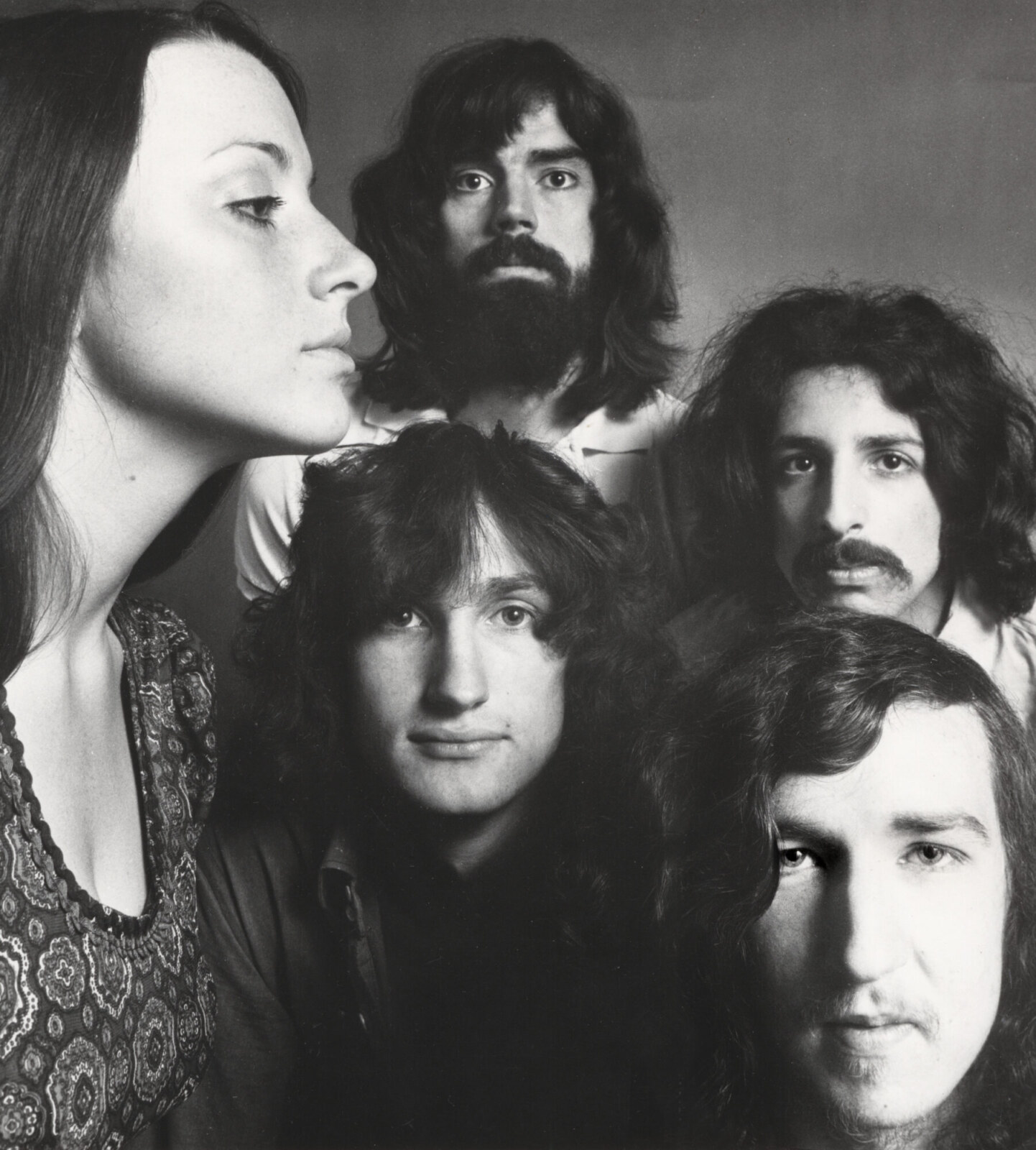
Songs to be proud of, well, these have been discussed above, and aside from ‘Little Sadie’ there’s nothing on ‘On The Shore’ that I’d be ashamed to own up to. We gave it our very best shot and we knew it. It seems to have taken five decades to have some of that self-belief endorsed. That’s ok. Sometimes you just have to wait around a bit.
Were you inspired by psychoactive substances like LSD at the time of writing the album?
Never. None of us took much of anything, remarkable though that now seems…
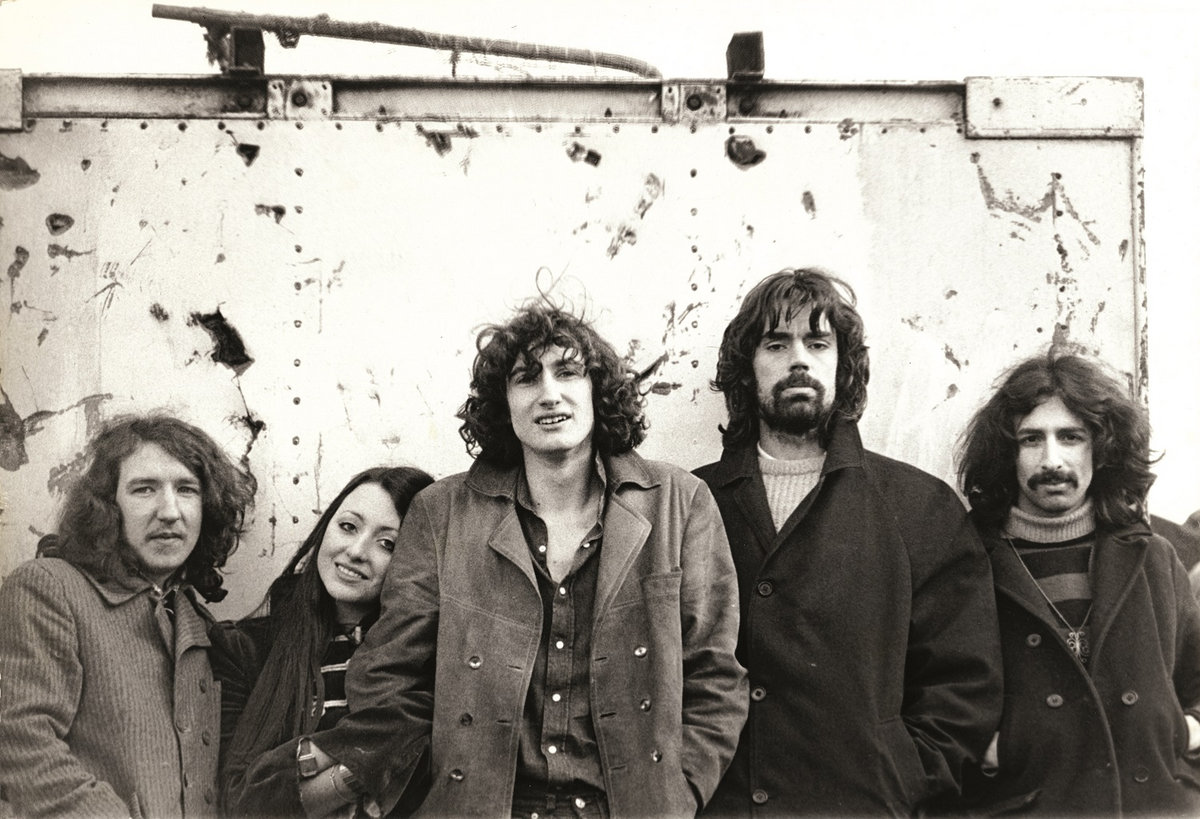
You later went on to become Queen’s and Elton John’s art director and now you run a successful design studio Wherefore Art?. Would you mind sharing a few words about your studio?
Quick note, I was never Queen’s art director. That was the talented Richard Gray subsequently. I just happened to be around at the time. Elton’s art director, yes, on and off for forty years, almost exactly. The first sleeve I worked on with Elton and team was ‘Goodbye Yellow Brick Road’ – and then forty years later, after fifteen or sixteen albums, the last project I produced for him was the event book for his Million Dollar Piano show in Las Vegas.
I’m actually now retired, and have been so for five or six years, and the Wherefore Art? studio proper closed around 2008 after twenty years. I still retain the name for various projects, but during those decades we did an astonishing amount of work for The Beatles, The Stones, Eric Clapton, George Harrison, Phil Collins, Genesis, The Jimi Hendrix Estate, among many, many others, for album sleeves and associated projects, alongside major books including fifteen or sixteen of the first books with the limited edition company Genesis Publications and ultimately, of course, The Beatles’ Anthology book, which took us five years. All this and a wealth of high-profile corporate and publishing work as well. After the studio closed I continued to work with most of my clients, including by then The Nelson Mandela Foundation, and I was already working for Michael Jackson’s The One tour when he tragically died. What an opportunity that would have been; possibly the only regret in my entire career that it never was to be.
What else currently occupies your life?
I’m a Londoner, born and bred, and ten years ago we moved to the country, halfway between Stonehenge and Glastonbury. So an entirely new country life occupies my life now, although I have never stopped designing and image making. Nor have I ever stopped playing guitar; I have a great love of guitars and can bore people to death trying to share my enthusiasm. I spend a good deal of my spare time writing – in my later professional capacity as creative director I would invariably have to write as much as I would oversee design. Music is of immense importance to me, as it has been since I was a child growing up in a house full of music. These days I listen mostly to classical music, but plenty of new and surprising things continue to break through. All these occupy my life, along with my wife and family, my Korthals Griffon, and of course The On The Shore Band took care of at least one year, with possibly more to come. We can hope.
How are you currently coping with the world pandemic and what are your predictions for the music industry?
As above, living in the country now, nothing has materially changed – the landscape’s the same, day-to-day life is not much different – although we’re more isolated from friends than before, and of course everybody around is aware that nothing’s quite the same, nor ever shall be. Sometimes it’s hard to grasp what’s going on in the great cities of the world, but every now and then we hear something that brings it right home.
I’m so out of the music business these days, aside from the new Trees release, that I can’t comment on the future of a business that has changed beyond recognition from my days immersed in it. The music industry has always reflected the changes in technology and media, from wax cylinders through to streaming. It will continue to change and adapt. Performance doesn’t change, that’s down to talent and presentation, but of course, right now, public performance is almost non-existent and a serious challenge for all professionals and young hopefuls alike. But you know what, I guess that will continue to change too, even if it’s hard to see at the moment.
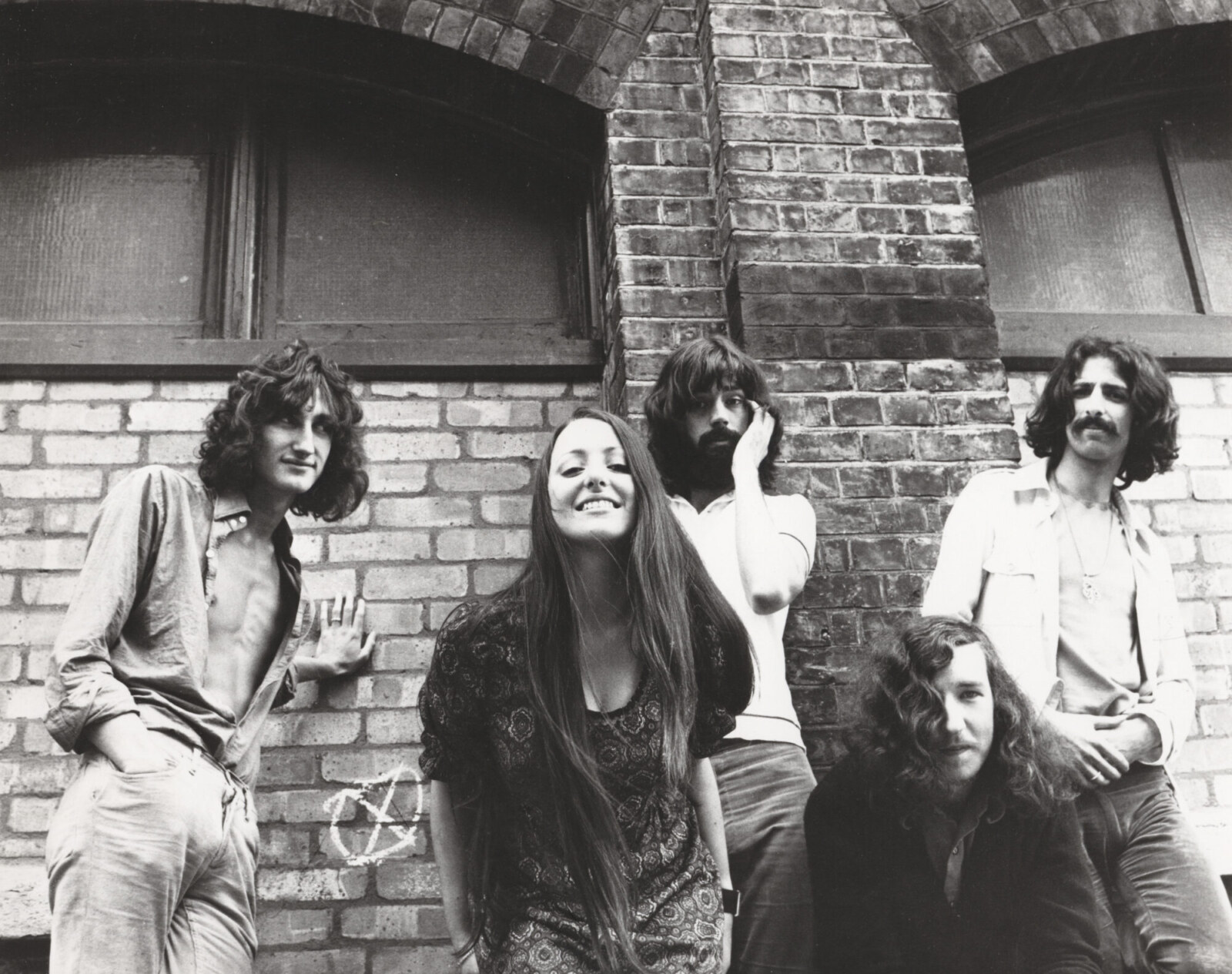
Thank you for taking your time. Last word is yours.
Klemen, there is never a last word. If there were we’d not be talking about all this… David Costa
Klemen Breznikar
Earth Recordings Official Website



